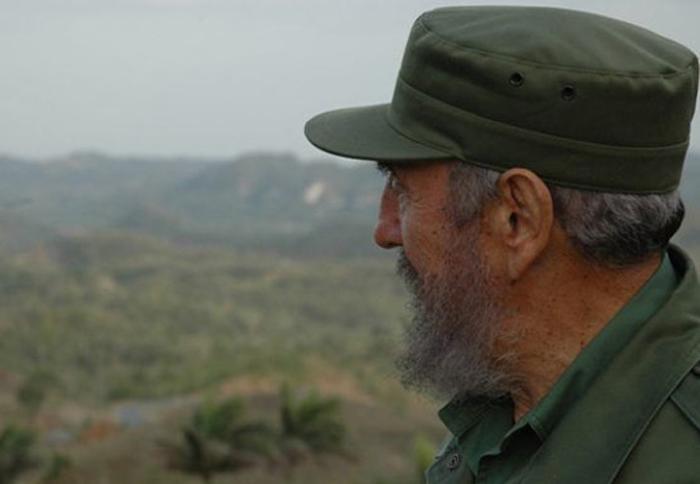The U.S. aid, namely political, military, and involving other fields as well, helped the Cuban regime back then directly or indirectly.
And it was not enough to impede the revolutionary victory. However, it was harmful for civilians on several occasions. That is the case of the harm caused by aviation, as most of its ammo were supplied by America.
That is the specific case of June 5, 1958. That day, Fidel was in Minas del Frío, in Sierra Maestra mountain range. The house of a collaborator named Mario Sariol was under the enemy aerial attack. According to historians Eugenio Suárez and Acela Caner Roman, Sariol, his wife, and five kids barely made it out alive.
This sort of air raids, which actually wreaked more havoc to civilian farmers than the soldiers of the Rebel Army in Sierra Maestra, became routine during war. Luckily for them, they managed to save their lives, but their home got destroyed by such air raids.
When fighter planes headed away from the area, Sariol returned to the ruins of what once had been his house. There, he picked up some pieces of shrapnel, which he showed later to the leader of the Rebel Army. When Fidel saw it, he was able to distinguish one inscription that caused much outrage for him, USAF: United States Air Forces.
Even though Fidel’s anti-imperialist stance was supported in a great practical and theoretical foundation, this war passage transcended as a demonstration of Fidel’s will to face it. That day, he wrote in a letter to Celia Sánchez:
“At seeing the rockets fired at the house of Mario, I have sworn to myself that the Americans are going to pay dearly for what they are doing. When this war ends, for me will begin a much longer and bigger war: the war that I am going to wage against them. I realize that that will be my true destiny.”
 Escambray ENGLISH EDITION
Escambray ENGLISH EDITION





Escambray reserves the right to publish comments.